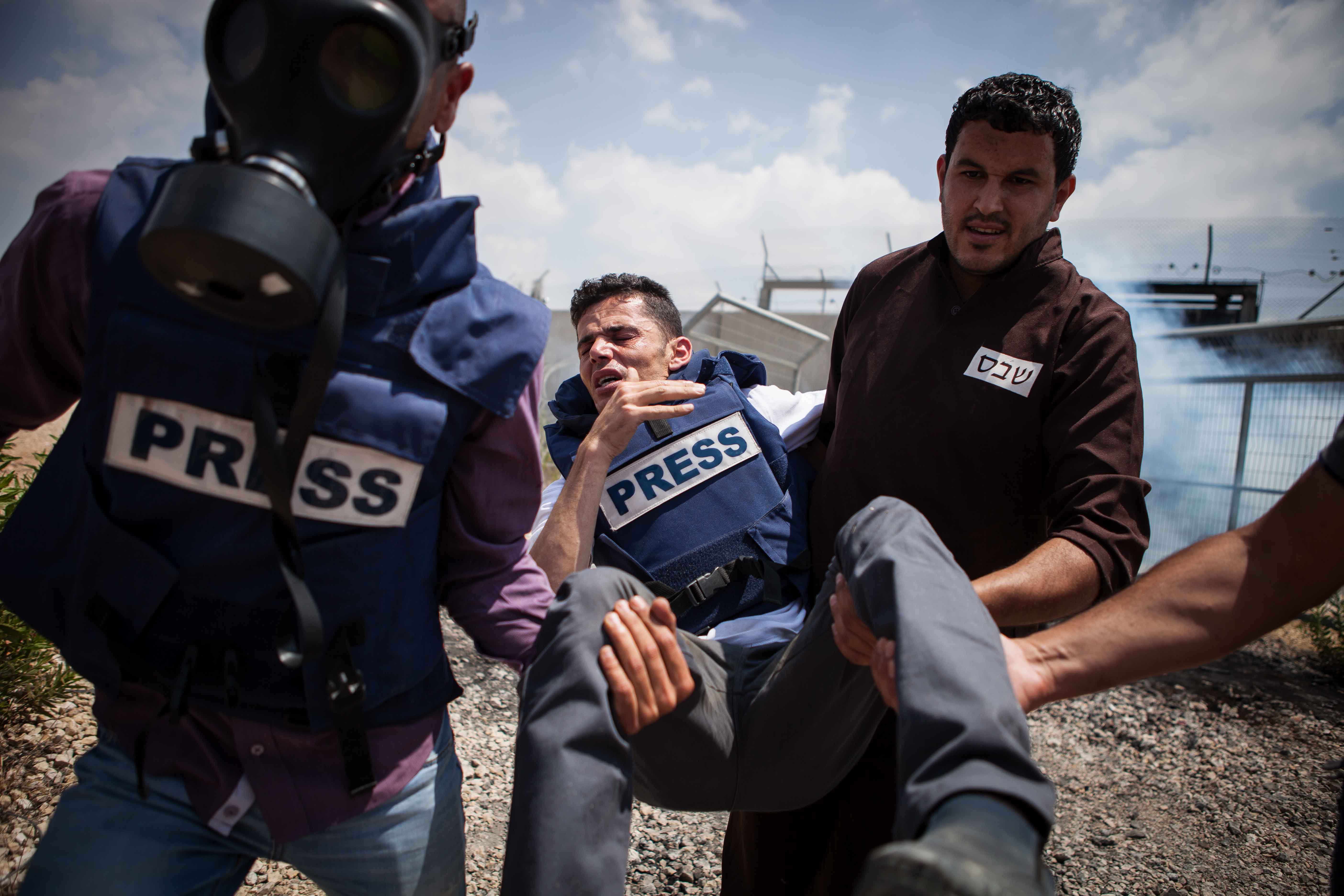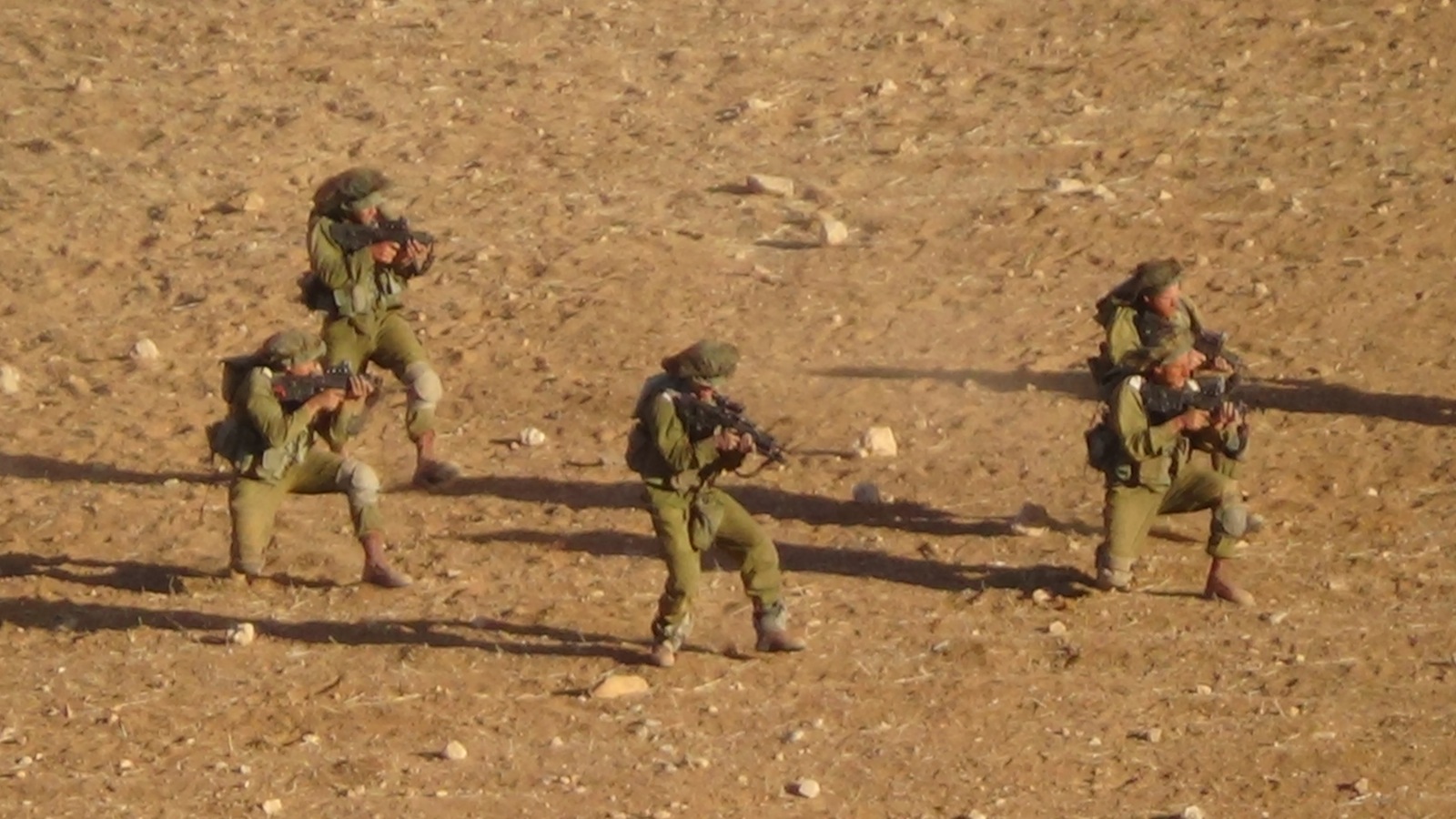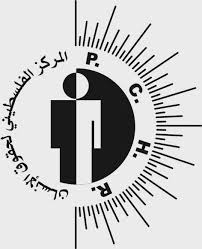-

Photo story: Prisoner solidarity protest in village of Bil’in
13th June 2014 | International Solidarity Movement, Ramallah team | Bil’in, Occupied Palestine Today, Bil’in held its weekly protest in solidarity with the Palestinian prisoners on hunger strike. As part of the protest, and in support of the current situation in Brazil, due to the football world cup, some of the protesters dressed as prisoners and […]
-

Israeli military trains close to the Palestinian villages of Jinba and Al Mirkez (Masafer Yatta)
13th June 2014 | Operation Dove | Jinba and Al Mirkez, Occupied Palestine From the 8th June until three hours ago, the Israeli military has been training in Palestinian-owned fields, close to the Palestinian villages of Jinba and Al Mirkez, in Masafer Yatta. Hundreds of soldiers have occupied the land in front of the nearby Israeli military base with tents […]
-

Israeli forces killed member of Palestinian armed group and wounded 3 Palestinian civilians, including a child
12th June 2014 | Palestinian Center for Human Rights | Gaza, Occupied Palestine On Wednesday evening, 11 June 2014, 3 Palestinian civilians, including a child whose condition was described as very serious, were wounded when Israeli forces targeted a member of an armed group who was killed by two missiles launched by a drone in the northern […]
Action Alert An Nabi Saleh Apartheid Wall Arrests BDS Bethlehem Bil'in Cast Lead Demonstration Denial of Entry Ethnic Cleansing Farmers Gaza Global Actions Hebron House Demolition International law Israeli Army Jerusalem Live Ammunition Nablus Ni'lin Prisoner Ramallah Rubber-coated steel bullets Settlement Settlers Settler violence Tear-Gas Canister Video
